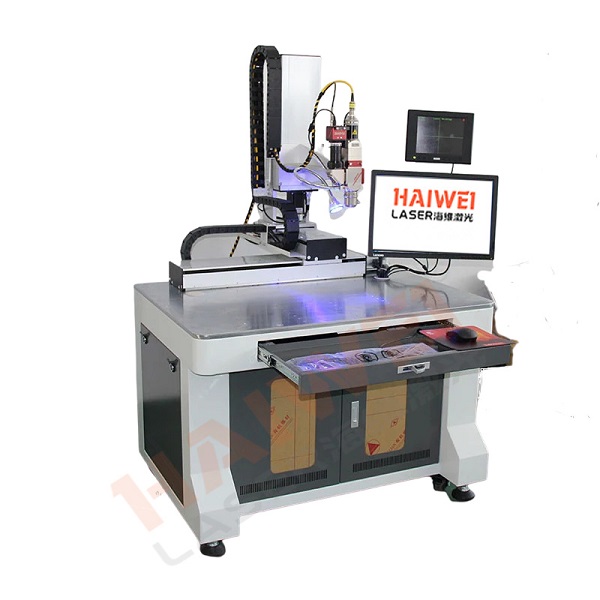Application of Laser Welding Machines in Aluminum Materials
Aluminum is widely used in automotive, aerospace, and energy sectors due to its lightweight and corrosion resistance. Joining aluminum parts reliably is a common challenge, and the laser welding machine has become a preferred method for achieving clean, strong, and consistent welds on aluminum materials.

Why Aluminum Is Different
Aluminum has high thermal conductivity and reflectivity, especially at the 1μm wavelength used by fiber lasers. This means the laser must deliver sufficient power density quickly to form a stable melt pool. If the parameters are not properly set, the result can be poor penetration, porosity, or excessive spatter.
Modern laser welding machines with high-brightness sources and precise beam control handle aluminum better than older technologies. Pulsed or continuous wave modes can be selected based on material thickness and joint design.
Common Applications
Typical uses include battery housings, heat exchangers, structural frames, and enclosures. For thin to medium thickness sheets (1–6mm), laser welding offers low distortion and minimal post-processing. In electric vehicles, it’s often used for joining busbars, cooling plates, and battery pack components.
Key Factors for Success
Surface preparation is critical—any oil, oxide layer, or moisture must be removed before welding. Joint fit-up should be tight, as aluminum expands and contracts significantly during heating and cooling.
Shielding gas, usually high-purity argon, is essential to prevent oxidation and ensure weld quality.
What to Look for When Buying
When selecting a laser welding machine for aluminum, consider:
Beam quality and power stability
Pulse shaping capability for spatter control
Integrated monitoring for process consistency
Compatibility with automation and robotic integration
Haiwei Laser offers laser welding machines designed for reflective and thermally conductive materials, with practical support for setup and parameter optimization in real production environments.
Recent Posts
- What are the advantages of laser welding machines in lithium battery pack production lines?
- What issues should be noted when choosing a lithium battery pack production line?
- Quality Inspection and Control of Lithium Battery Module Pack Production Line
- Cell grouping and sorting process in lithium battery module pack production line
- What are the safety hazards of lithium battery pack production lines and how can they be prevented?
INQUIRY

